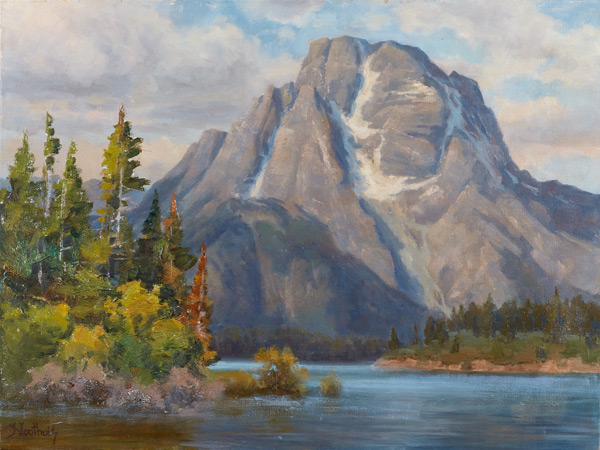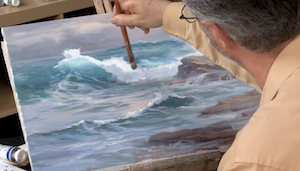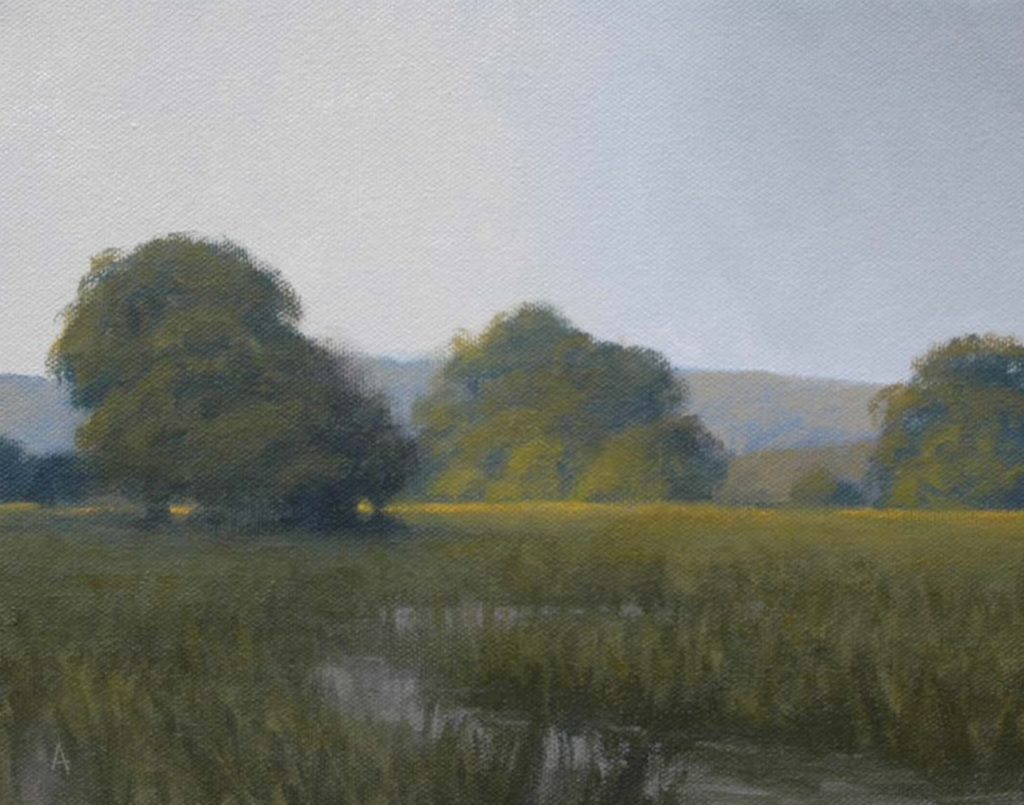Essential Oil Painting Techniques with Johannes Vloothuis

 Artists have felt compelled capture the wonder and beauty of the natural world around them as long as there have been artists. From cave paintings to modern times, we are constantly striving to record a lasting image of what we see, whether real or from our imaginations, onto paper or canvas. Why do we feel the need to paint landscapes?
Artists have felt compelled capture the wonder and beauty of the natural world around them as long as there have been artists. From cave paintings to modern times, we are constantly striving to record a lasting image of what we see, whether real or from our imaginations, onto paper or canvas. Why do we feel the need to paint landscapes?
Places that Inspire Wonder and Imagination
Perhaps there’s something primal drawing us (no pun intended) to record what we’ve witnessed, a sense of peace that comes from being in the moment and appreciating the world around us. Though we may get our food from the grocery store and live in houses, we still rely upon the land for our sustenance and the materials for our shelter, and painting our surroundings is a great way to reconnect and appreciate what the world gives us. As we go into the Thanksgiving holiday this week in the United States, it’s worth taking a few moments or even a few hours to stop and be grateful for the earth we walk upon, as well as our abilities and the drive to create that nature inspires.
Of course, it’s not just about painting locally. Many artists I know love to paint more exotic locations, whether from photos of places they’ve never been, or maybe the places they love to visit, to preserve the image for a bit of an escape into their memories. Painting landscapes is always an adventure, even when you haven’t left your studio, one that relies both upon your skill and some imagination as well.
And imagination does play a huge part. I’ve spent many an afternoon and evening staring at the paintings done by my great grandfather, wondering about the people who lived in the village in one painting, or who the canoe by the lake belonged to, in another. I’ve imagined fantastic adventures that happened just around the bend in a road, and wandered off, Red Riding Hood-style, through that woodland, and in the summer heat, I’ve longed for the wintery cold of a snowy landscape. There’s a reason they say that a picture paints a thousand words. Landscape art hints and teases at the story that is lurking within the frame. As a painter, you choose what story to tell.
With that in mind, perhaps the question isn’t “Why paint landscapes?” Perhaps the question is, “Why not paint landscapes?”
Get Started With Landscape Painting
Of course, the next question after that, is “Where do I begin?” With paints, brushes and canvas (and with Christmas coming, now is a great time to put some of those materials on your wish list). And with the great landscape painting techniques you can pick up and start using from Johannes Vloothuis, you’ll be ready to do just that in no time.
Preview the video now to see how color mixing and matching from a limited palette can help you get the right color, every time, along with oil painting techniques and their practical applications within a landscape scene. Then, buy, download or stream the video to get all the instruction you’ll need to start painting realistic landscape elements.
With Oil Landscape Painting Essentials, you’ll get:
- Tips on how to start painting landscapes in oils
- Easy-to-follow lessons from an experienced instructor
- Lessons on mixing and matching colors from a limited palette
- Full oil painting supply list that won’t break the bank
- Ten different painting techniques that can be used to create different landscape features
- Practical applications of techniques to four different landscape paintings: Water Reflections and Rocks Underwater, Waves, Sea Foam and Mist, Trees, and Rocks and Mountains
The best thing about this video is the way Johannes breaks down the lessons. You’ll get valuable information about materials and color mixing that will keep you from buying and wasting too many supplies, and he makes painting in oils accessible to everyone. Plus, with a chapter on ten different brush and palette knife techniques, you’ll quickly pick up easy methods for painting realistic landscape elements such as clouds, trees and rocks, then in four different demonstrations, you’ll see how those techniques actually work to complete a painting. Have your brushes and paints handy, as you’ll want to follow along with every stroke.






Have a technical question?
Contact UsJoin the Conversation!